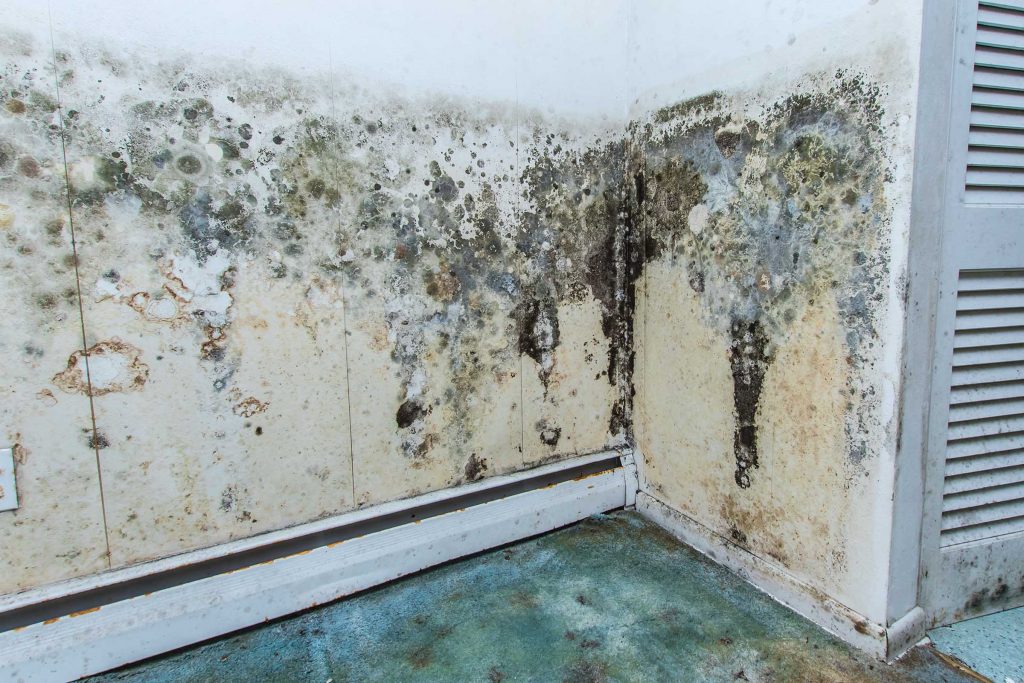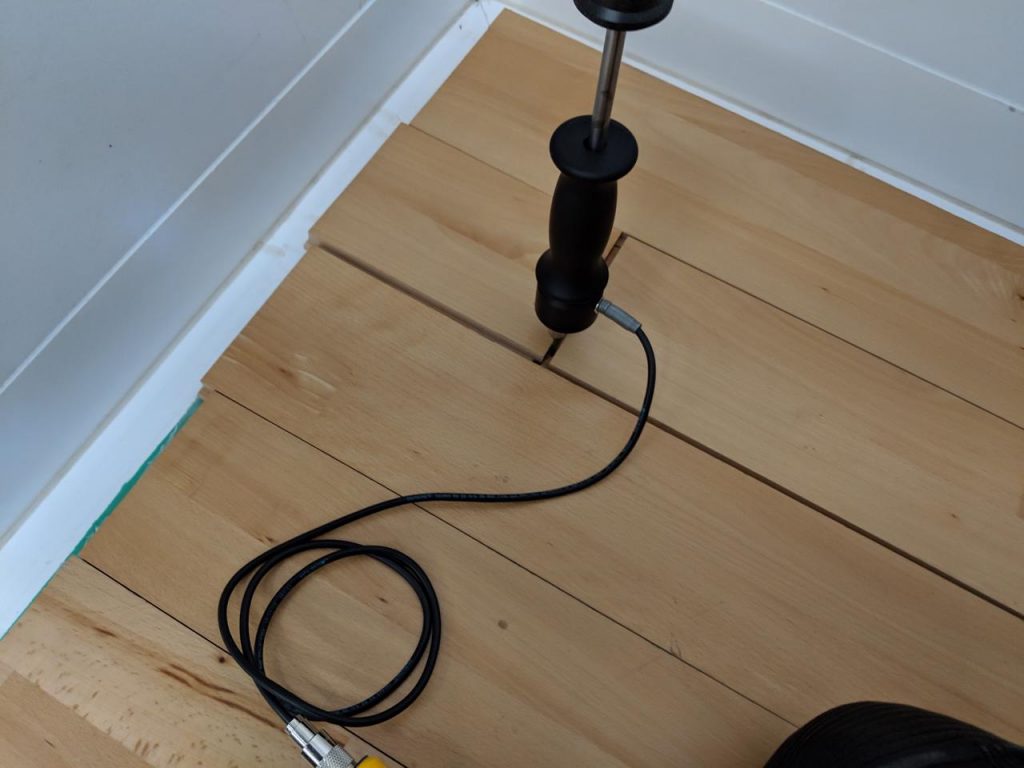Mould contamination and restoring properties
Mould is a type of fungus that can grow wherever there is moisture, humidity and low levels of light. Typically seen within poorly ventilated areas in properties such as the basement, bathrooms and kitchens it can cause structural damage to your house as well as adverse health effects to your and your family if not remediated.

The first step to mould remediation is to arrange a certified mould technician to attend your property and perform a mould inspection. By adhering to strict procedures the technician will perform a comprehensive inspection and run tests where necessary to complete reports. If the mould is visible and located to a smaller area, the certified mould technician can commence work immediately to clean the mould and remove it from surfaces and structures. If the mould technician finds large amounts of mould in the structures of your property a comprehensive cleanup will need to be performed to get rid of the mould and any unsalvageable structures such as walls and ceilings will need to be replaced. In severe cases, renovation works need to be undertaken to replace structures that have been damaged by mould over the years. This only needs to be done when there has been mould left untreated for long periods of time or if there has been an unexpected flood or leak in the property that has gone unnoticed. The moisture from the water combined with the growth of mould inevitably leads to weaker structures that can cause some areas of the property to deteriorate and collapse over time.
Do I Restore, Dispose or Preserve Mould Contaminated Items?
Following a mould inspection the certified technician will evaluate the property for restorability. This is dependent on several factors that include the following:
- The category of water damage that has caused the mould growth
- Time of exposure
- Basic material composition
- Cost of restoration
- Vale or cost of replacement
- Type of value (sentimental, legal, cultural, functional)
The technician will then determine whether they will restore, dispose or preserve the items that have been damaged and let you know what the next steps are. Unfortunately when items have been contaminated with mould some do need to be disposed of, particularly when the category of water damage is sewage related.

Mould Removal and Renovations
Mould is a secondary fungal contamination that occurs following water damage. Mould has the ability to spread quickly within your house and poses an allergic, toxic and infectious disease health risk to both those using the property and the restoration personnel. This is why a mould specialist is always recommended for cleaning and restoring properties given their awareness of the risks and preventative measures they take to ensure the safety of those within the property and themselves. If your house requires renovations and the replacement of structures and you’re based anywhere in Melbourne, Kleen-Tech offers 24/7 support all year round to attend your property with dispatch guaranteed within the hour. For all flood damage and mould removal works, contact Kleen-Tech on 1300 305 030 any time of the day, any day of the year. Our IIRC certified and experienced mould technicians will get the job done from start to finish.

